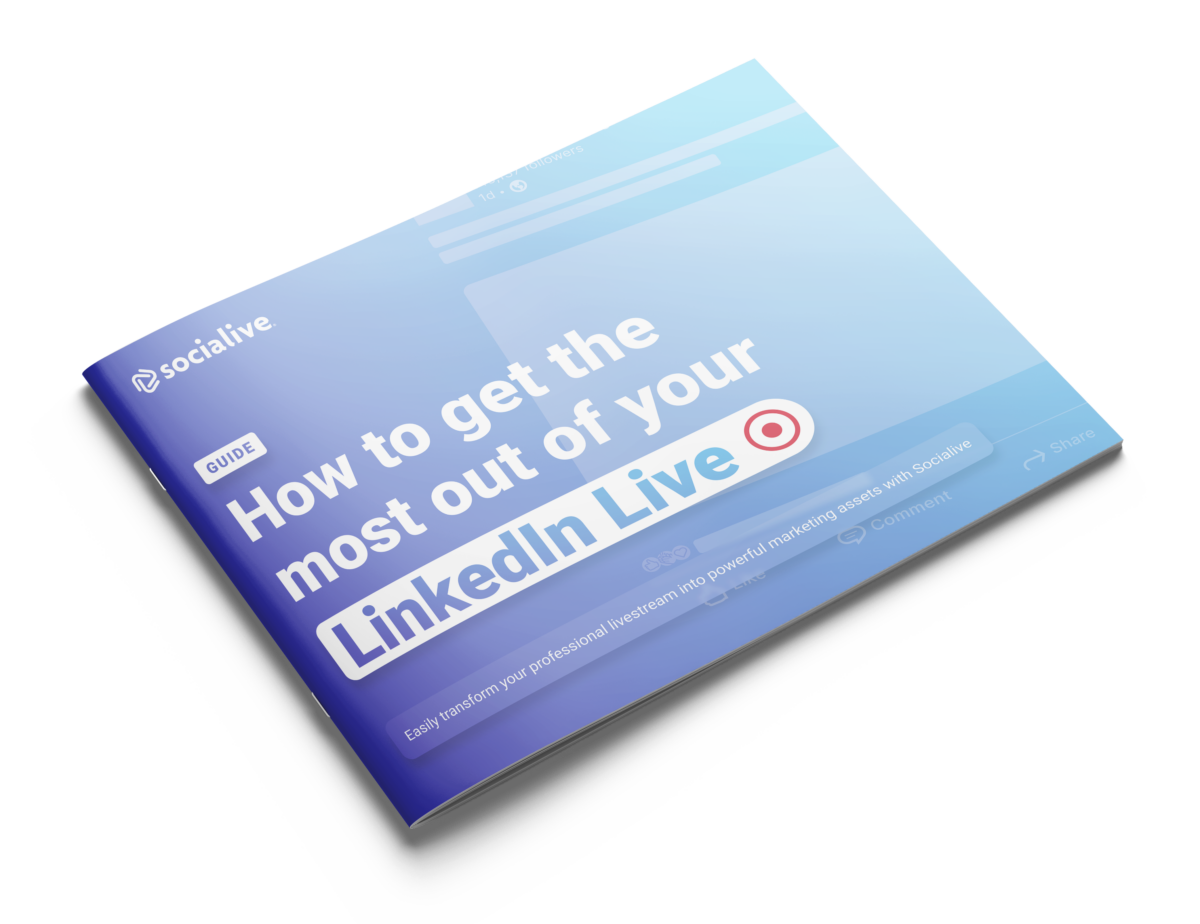by Farraz Khan | 24 Jan 2019
This post is part of our Encyclopedia of Live, a compendium of ways to use online live video for brand & product marketing.
The most intuitive use case for live video is broadcasting live events, such as festivals, conferences, and conventions, as well as filing live-video dispatches from physical events.
(As a reference point, live TV broadcasts are almost always tied to real-time events: the Super Bowl, the Oscars, Presidential debates.)
Physical events can serve an important marketing and communications function, delivering choreographed opportunities to engage customers, investors, and media. They are also time- and location-bound, which make them naturally exclusive.
Livestreaming a physical event allows a brand to dissolve the location barrier – dramatically expanding its audience – without forfeiting the urgent, seductive power of a real-time event.
Distributed on social and digital platforms – Facebook, LinkedIn, Twitter – live video also lets a brand engage that newfound virtual audience, fielding questions and comments in real time and making viewers participants in a story.
That direct access and connection can fortify the brand-consumer relationship. But live streaming physical events also work to a brand’s advantage in another way.
Because live broadcasts – like physical events – are transitory, they accentuate an in-crowd feeling among participants, a validating sense of community and exclusivity.
This psychology accrues to the benefit of a brand, helping form and reinforce a brand-consumer connection and creating the circumstances for evangelism.
See how MGM Resorts chronicled its Savor Borgata Restaurant Week via live video:
Product reveals, Q&A’s, thought leadership, and more. There are lots of ways to use live video. Peruse our Encyclopedia of Live to discover opportunities you may be missing.


